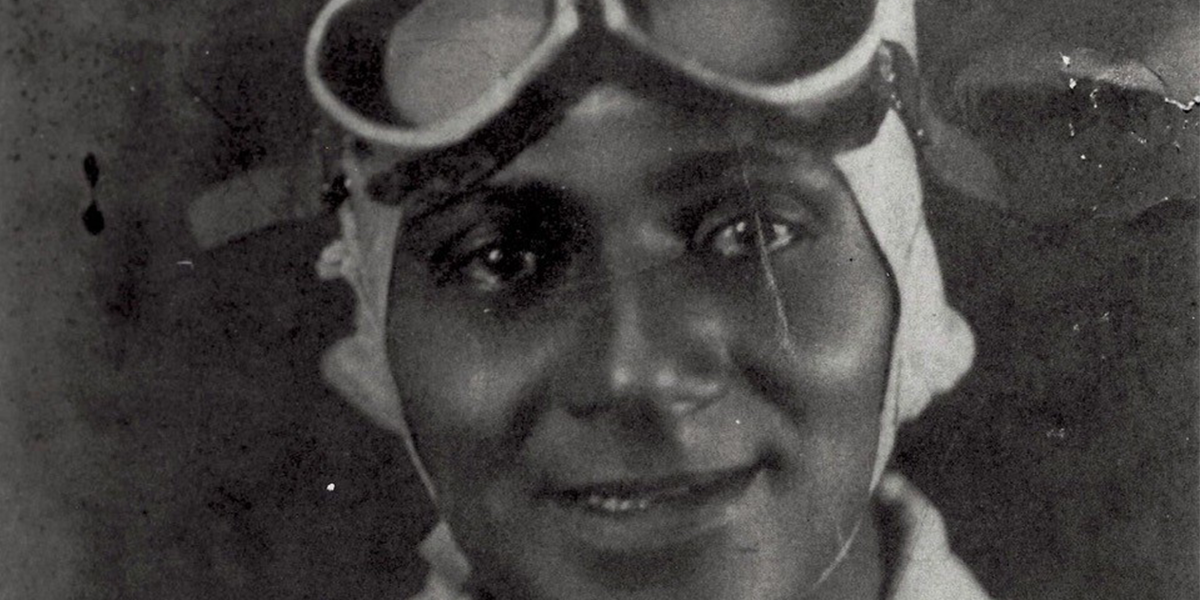
Black Racing Legend Wiggins Drives to Big Screen with New Movie ‘Eraced’
July 13, 2021 | By Indianapolis Motor Speedway
The inspiring true story of Charles “Charlie” Wiggins, the greatest African American race car driver of the 1920s and 1930s, is being developed into a feature film by Ed Welburn and Madisun Leigh via their Welburn Media Productions banner.
The film, titled “Eraced,” has attracted first-of-its-kind brand collaboration during development from blue-chip partners, including INDYCAR and Firestone. INDYCAR has pledged support for physical production, marketing and promotional opportunities during production, and additional marketing resources, including media, at time of release. Firestone will be a production partner for the film.
Set in the Roaring 20s and Depression-era 30s against the colorful backdrop of bootleggers, and the birth of jazz, “Eraced” chronicles the triumphs and struggles of Wiggins.
After being barred repeatedly from whites-only racing events, Wiggins became a leading light of the parallel Colored Speedway Association and won the prestigious annual Gold and Glory Sweepstakes four times between 1926 and 1935. Wiggins will be inducted into the Automotive Hall of Fame on Thursday July 22 in Detroit.
B. Garida (“Reagan & Gorbachev,” “W.A.S.P.”), Courtney Gay Wilson (“Bronze,” “Hip Hop Made Me”), and Madisun Leigh (“Raphead Response,” “Played”) adapted the feature screenplay from the Emmy Award®-winning documentary and book, “For Gold and Glory: Charlie Wiggins and the African American Racing Car Circuit,” both written and produced by Todd Gould.
“When approached to participate in this independently produced feature film, INDYCAR did not hesitate, as this is an important story that needs to be told,” said Jimmie McMillian, chief diversity officer and senior corporate counsel of Penske Entertainment, which is comprised of Indianapolis Motor Speedway (IMS), INDYCAR and IMS Productions. “Charlie was a great race car driver and inspirational person whose racing career was sadly impacted by the bigotry and prejudice of the world around him. We’re looking forward to shedding light on Charlie and Roberta’s extraordinary achievements and take pride in ensuring that this true tale of remarkable racing achievements comes to life.”
Producers are planning a spring 2022 production start date.
Wiggins loved fast cars: He loved designing them, building them and fixing them. But most of all he loved racing cars. From the time he first turned a wrench and his strong arms smeared with grease, nothing stoked his fire and grit more than a gleaming machine built for speed. By the late 1920s, there was barely any better driver on the road or the track than Charlie "Speed King" Wiggins, and the biggest race in America -- the Indianapolis 500 -- was right in his backyard, as he lived in Indianapolis and was a native of Evansville, Indiana. However, 1920s America was racially segregated, and the Indy 500, like all major league sports during the era, was whites only.
But Wiggins never let a roadblock stop his roll. He and a group of like-minded racers and promoters realized that the starting line was equal to the finish line and so was formed the Colored Speedway Association (CSA) and a rival race to the Indy 500, The Gold and Glory Sweepstakes. Wiggins won the Gold and Glory a record four times between 1926 and 1935.
Wiggins' love of cars and racing was as infectious as his smile was charming, and he wooed a diverse group of mechanics and drivers into his circle. In fact, what radiated from garages like Wiggins’ across Indianapolis was an overwhelming sense of pride that the city was the auto racing capital of the United States. Being under the hood, or crammed into the rudimentary cockpits, defied color lines, and the common love of auto racing appealed to white and black spectators alike, often unifying disparate communities with a shared respect of speed and bravery behind the wheel.
Even though Wiggins' career was tragically curtailed by a racing accident that cost him a leg, it never damped his spirit. To the day he died, his arms were covered in grease, his heart remained full of grit, and his eyes never dimmed their sparkle with his love of the mighty automobile.